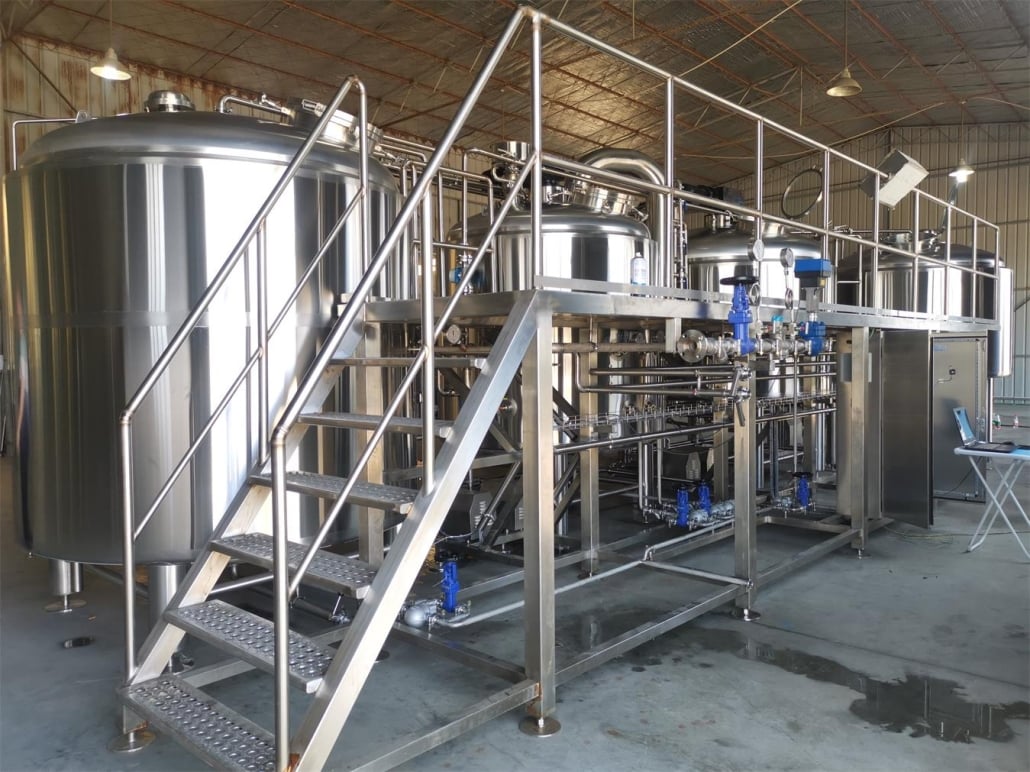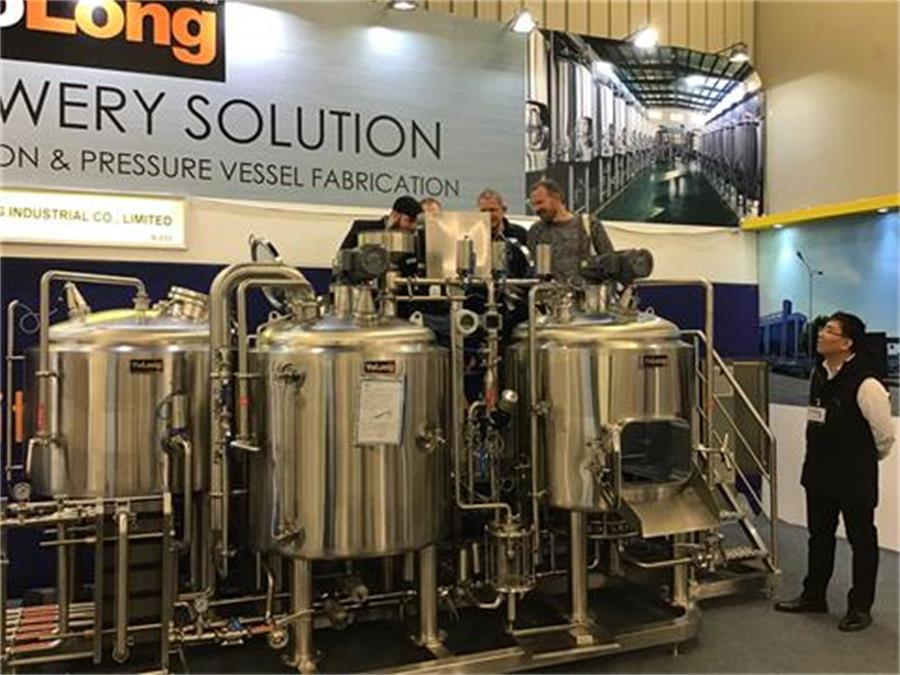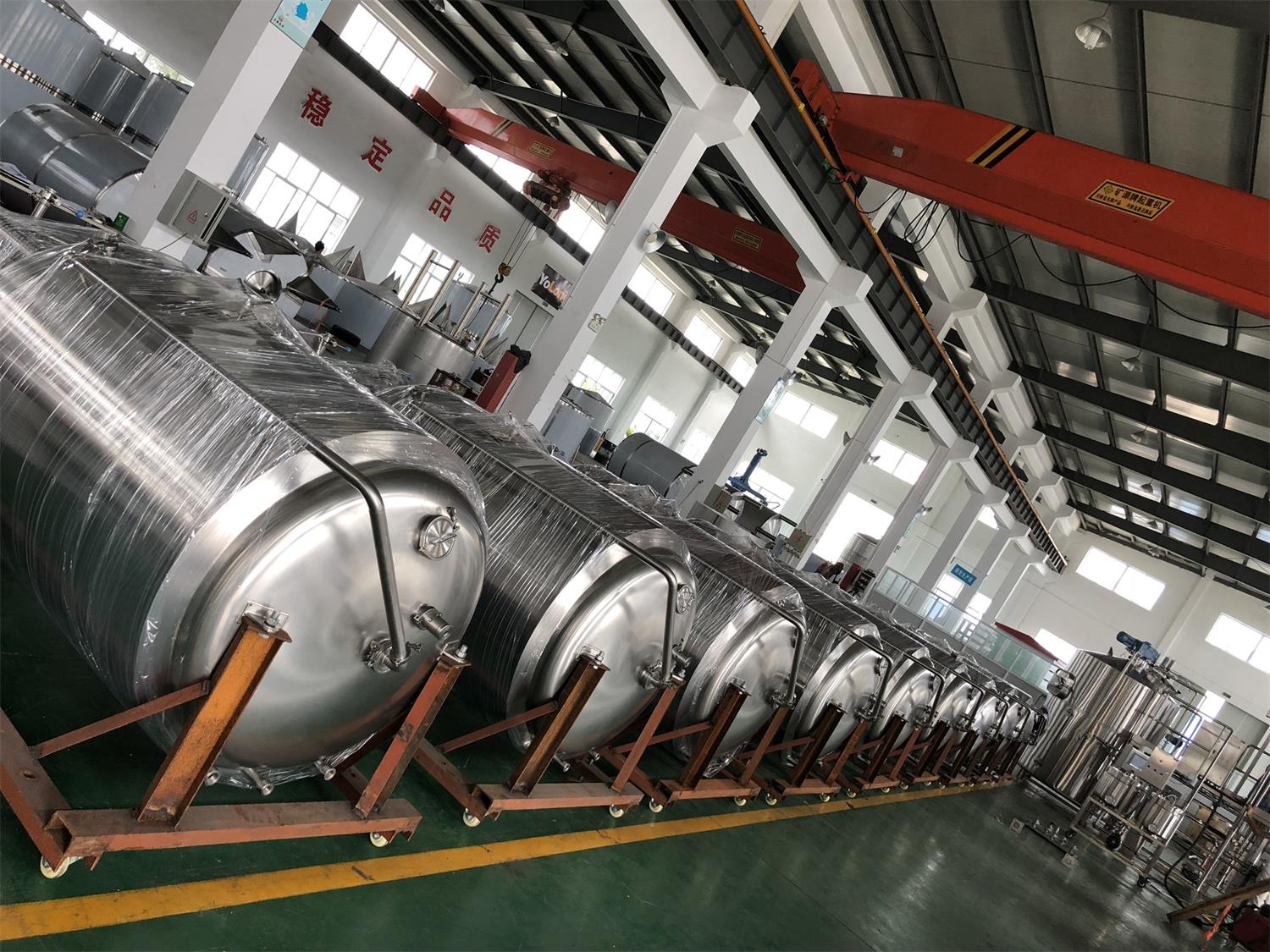Beer Brewing Equipment
Overview of Beer Brewing Equipment
Brewing beer is a fascinating process that combines art and science, requiring precision and creativity. Whether you’re a homebrewer looking to perfect your craft or a commercial brewer aiming to scale up production, understanding the essential equipment is crucial. This guide dives into the intricacies of beer brewing equipment, offering a comprehensive overview to help you make informed decisions.
Comprehensive Equipment Guide
Beer brewing involves a variety of equipment, each playing a vital role in the brewing process. From fermenters to kettles, each piece has its specific function, and understanding these can significantly enhance your brewing efficiency and beer quality.
Essential Beer Brewing Equipment
- Brewing Kettles: The heart of the brewing process, where wort is boiled.
- Fermenters: Containers where yeast ferments the wort into beer.
- Mash Tuns: Vessels where the mash is held and grains are converted into fermentable sugars.
- Heat Exchangers: Devices to cool the wort quickly after boiling.
- Pumps: Essential for moving liquids between different stages of the brewing process.
- Bottling and Kegging Equipment: For packaging the finished beer.

Types of Beer Brewing Equipment
To help you navigate the wide array of equipment, here’s a detailed table outlining the different types:
| Equipment Type | Description | Primary Function | Material |
|---|---|---|---|
| Brewing Kettles | Large pots | Boiling wort | Stainless Steel |
| Fermenters | Sealed vessels | Fermentation | Stainless Steel, Glass, Plastic |
| Mash Tuns | Insulated tanks | Mashing grains | Stainless Steel, Copper |
| Heat Exchangers | Cooling systems | Cooling wort | Stainless Steel |
| Pumps | Electric pumps | Transferring liquids | Stainless Steel |
| Bottling Equipment | Bottles, caps | Packaging beer | Glass, Plastic |
| Kegging Equipment | Kegs, CO2 tanks | Packaging beer | Stainless Steel |
The Brewing Process Explained
Brewing beer is a multi-step process that requires attention to detail and precise equipment. Here’s a breakdown of the brewing process:
1. Mashing
Mashing is the first step where grains are soaked in hot water to convert starches into fermentable sugars. The equipment required includes a mash tun, where the grains are mixed with hot water, and a lauter tun, where the liquid wort is separated from the grain husks.
2. Boiling
The wort is then transferred to the brewing kettle, where it is boiled and hops are added. This step sterilizes the wort and extracts hop flavors and aromas.
3. Fermentation
After boiling, the wort is rapidly cooled using a heat exchanger and transferred to a fermenter. Yeast is added, and fermentation begins, converting sugars into alcohol and carbon dioxide.
4. Conditioning
Once fermentation is complete, the beer is conditioned to develop its flavors. This can happen in the same fermenter or in a separate conditioning tank.
5. Packaging
Finally, the beer is packaged using bottling or kegging equipment. Proper sanitation and handling during this step are crucial to prevent contamination and ensure shelf stability.
Beer Brewing Equipment Capacities and Layout
Choosing the right equipment capacity and layout is essential for optimizing your brewing process. Here’s a table to help you understand the different capacities and design considerations:
| Equipment | Capacity | Space Requirements | Design Considerations | Customization Options |
|---|---|---|---|---|
| Brewing Kettles | 5-500+ gallons | Requires floor space | Should allow for easy cleaning and stirring | Custom sizes and heating options |
| Fermenters | 5-500+ gallons | Requires vertical space | Conical designs for yeast harvesting | Custom sizes and cooling jackets |
| Mash Tuns | 5-500+ gallons | Requires floor space | Insulated to maintain temperature | False bottoms and sparge arms |
| Heat Exchangers | Varies | Compact design | High efficiency for rapid cooling | Plate or counterflow designs |
| Pumps | Varies | Portable or fixed | Durable and food-grade materials | Flow rate adjustments |
| Bottling Equipment | Varies | Compact design | Easy to sanitize and use | Automated or manual options |
| Kegging Equipment | Varies | Requires storage space | Compatible with standard keg sizes | Customizable fittings and CO2 systems |
Suppliers and Price Ranges
Understanding the market and choosing the right suppliers can significantly impact your brewing operation. Here’s a detailed table of some renowned suppliers and the typical price ranges for various equipment:
| Supplier | Equipment Offered | Price Range | Special Features |
|---|---|---|---|
| Blichmann Engineering | Full brewing systems | $500 – $10,000+ | Innovative designs and high efficiency |
| Ss Brewtech | Fermenters, kettles | $300 – $7,000+ | Stainless steel construction |
| Spike Brewing | Customizable equipment | $400 – $9,000+ | Custom built to specifications |
| Grainfather | Homebrew systems | $800 – $2,000 | All-in-one systems with app control |
| BrewBuilt | Professional grade equipment | $1,000 – $15,000+ | Heavy-duty designs for large batches |
| Anvil Brewing Equipment | Entry-level gear | $200 – $1,500 | Affordable and beginner-friendly |
Installation, Operation, and Maintenance
Proper installation, operation, and maintenance of your brewing equipment are crucial to ensure longevity and performance. Here’s a detailed table to guide you:
| Aspect | Details | Considerations |
|---|---|---|
| Installation | Follow manufacturer instructions, hire professionals if needed | Ensure proper alignment and sealing |
| Operation | Adhere to safety guidelines, monitor temperature and pressure | Regular calibration and monitoring |
| Maintenance | Regular cleaning, inspect for wear and tear, replace parts as needed | Use food-grade cleaning agents, schedule maintenance |
Choosing the Right Supplier
Selecting the right supplier can be daunting. Here are some factors to consider when choosing your beer brewing equipment supplier:
| Factor | Details | Considerations |
|---|---|---|
| Quality | Look for reputable brands with positive reviews | Check for certifications and warranties |
| Price | Compare prices across different suppliers | Balance between cost and quality |
| Customization | Ability to customize equipment to your specifications | Ensure customization meets your needs |
| Support | Availability of customer support and after-sales service | Check for technical support and spare parts |
| Delivery Time | Lead times for equipment delivery | Plan your purchase according to your production schedule |
Pros and Cons of Beer Brewing Equipment
Understanding the advantages and limitations of different brewing equipment can help you make the best choice. Here’s a comparison table:
| Equipment Type | Advantages | Limitations |
|---|---|---|
| Brewing Kettles | Durable, efficient heat distribution | Can be expensive, requires space |
| Fermenters | High quality, promotes healthy fermentation | May need temperature control systems |
| Mash Tuns | Excellent for grain conversion | Can be bulky, cleaning can be challenging |
| Heat Exchangers | Rapid cooling, essential for preventing contamination | Requires regular maintenance |
| Pumps | Efficient liquid transfer, reduces manual labor | Can be prone to clogging, needs monitoring |
| Bottling Equipment | Streamlines packaging process, consistent results | Requires regular sanitation |
| Kegging Equipment | Ideal for serving, maintains carbonation | Storage space needed, CO2 management |
How to Choose Beer Brewing Equipment
Choosing the right beer brewing equipment can be overwhelming. Here’s a table to help you make an informed decision:
| Criteria | Description | Details |
|---|---|---|
| Brewing Volume | Determine the amount of beer you plan to brew | Larger batches require bigger equipment |
| Space Availability | Assess the space you have for brewing | Consider vertical and horizontal space |
| Budget | Define your budget for brewing equipment | Balance between cost and quality |
| Experience Level | Consider your brewing experience | Beginners may start with simpler equipment |
| Future Expansion | Plan for future growth and scalability | Choose equipment that can be upgraded |

FAQ
| Question | Answer |
|---|---|
| What is the most essential piece of beer brewing equipment? | The brewing kettle is often considered the most essential as it is used for boiling the wort. |
| How much does it cost to start homebrewing? | Basic homebrewing setups can start around $200, while more advanced systems can cost several thousand dollars. |
| Can I brew beer without a heat exchanger? | While it’s possible, a heat exchanger is recommended for rapid cooling to prevent contamination. |
| What materials are best for fermenters? | Stainless steel is preferred for its durability and ease of cleaning, but glass and plastic are also used. |
| How often should brewing equipment be cleaned? | Equipment should be cleaned after every use to prevent contamination and ensure optimal performance. |
Share this entry
Interested in learning more about Brewing Systems including additional details and pricing information? Please use the form below to contact us!
YOLONG BREWERY EQUIPMENT FAQS
- Commercial Brewery / Craft Brewery / Microbrewery / Nanobrewery
- What is The Difference Between Craft Beer and Industrial Beer?
- The Bespoke Differences In Custom Brewing Systems
- Everything You Need to Know About Kettle Souring
- How to Choose Brewing Equipment for Your business?
- How To Choose The-Best Partner To Build Your Commercial Microbrewing System?
- Two Detection Sensors That You Need To Use In Your Brewhouse System
- Remote Control Applications in Brewing Equipment/How does it work?
- How To Clean Your Brand New Brewery Tanks?

